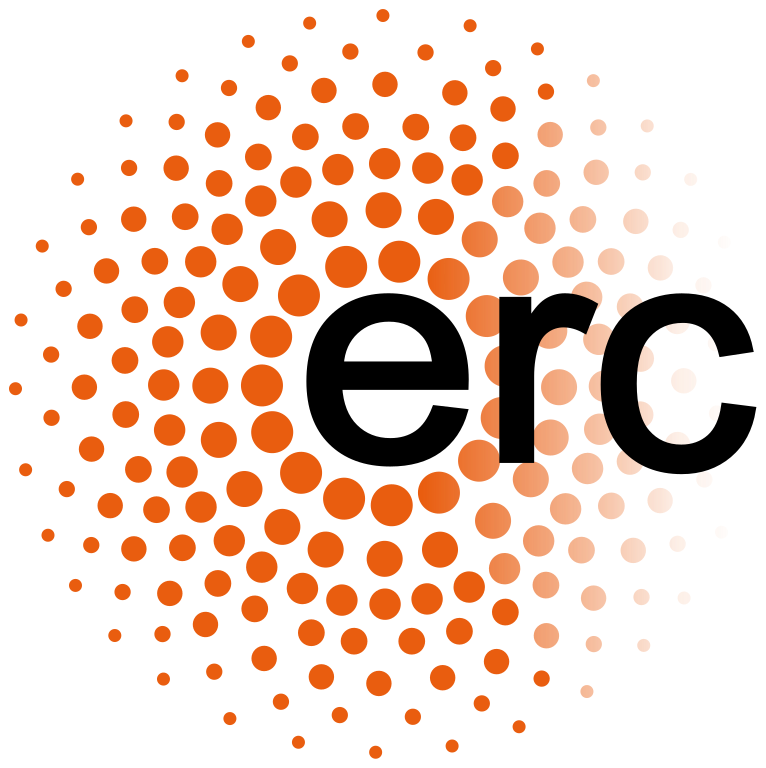Research projects in BioMed
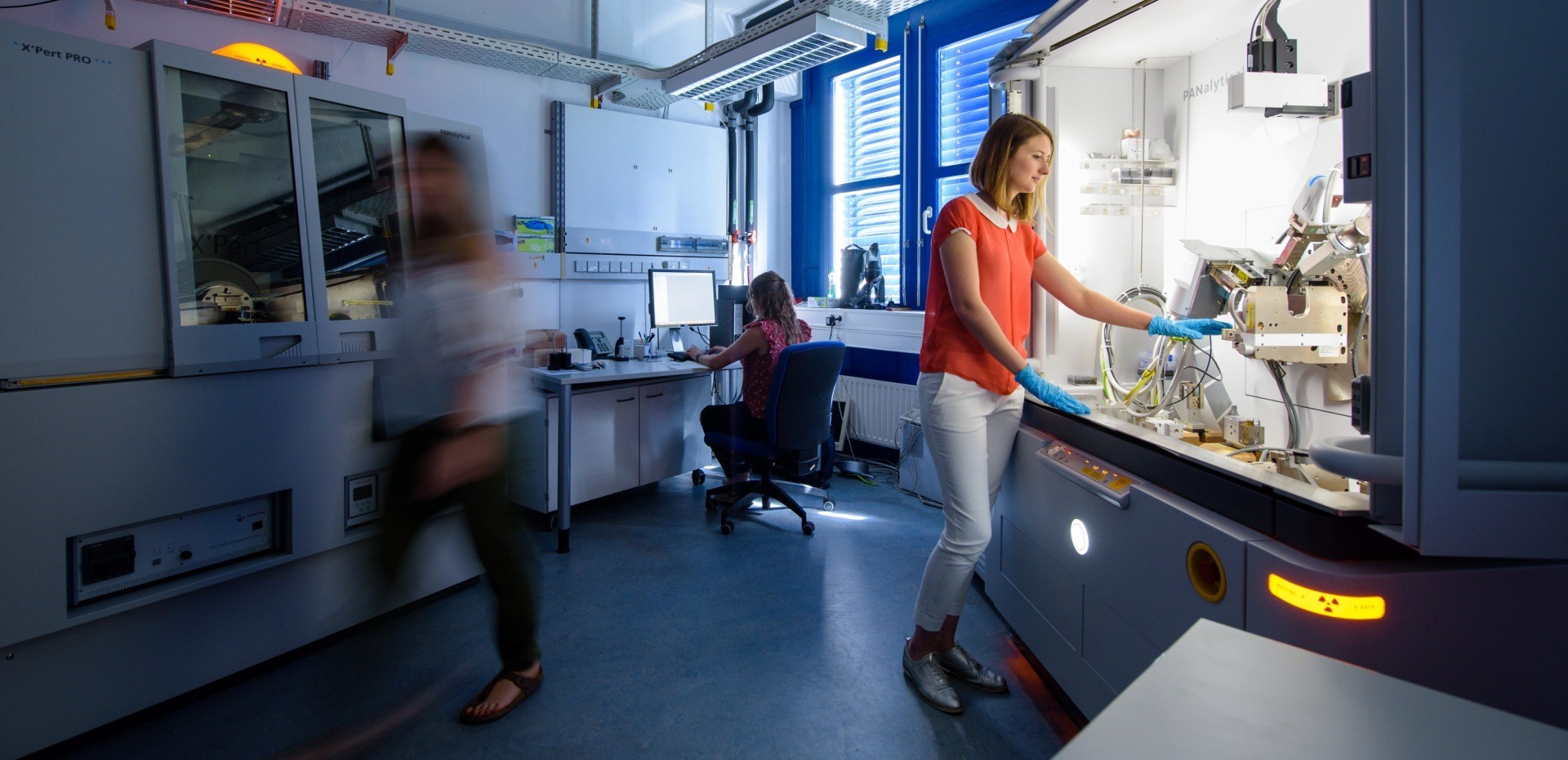
In the numerous third-party funded projects in the focus area “BioMed – Life and Matter”, scientists at the UdS are conducting research on important questions in the fields of medicine, physics, biology, and chemistry.
Below is a selection of current BioMed research projects funded by the German Research Foundation (DFG), the European Commission or the German Federal Ministry of Education and Research.
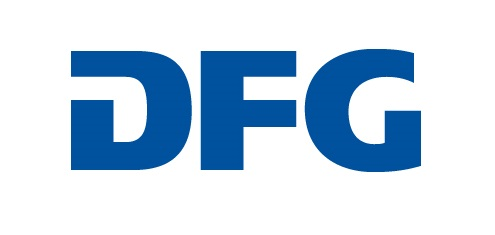
German Research Foundation (DFG)
The BioMed focus area is home to two Collaborative Research Centers / Transregios (CRC/TR), in which several universities work closely together. In addition, the German Research Foundation funds one research group in the focus area.
Collaborative Research Centers (CRCs)
- Subject classification: Medicine
- Project management: Prof. Dr. Ulrich Boehm (Experimental and Clinical Pharmacology and Toxicology)
- Funding period: 2014-2026
- Speaker University: LMU München
Transient receptor potential (TRP) channels represent a diverse protein family with salient roles as versatile cellular sensors and effectors. TRP proteins control an exceptionally broad spectrum of homeostatic physiological functions, illustrated by more than 20 hereditary human diseases caused by mutations in 11 Trp genes. Most TRP channel-related human disorders impinge on development, metabolism and other homeostatic functions. However, a detailed understanding of the underlying pathophysiology is missing. There is accumulating evidence to link TRP channels to even more human diseases beyond TRP channelopathies, and accordingly, TRP proteins have been identified as appealing therapeutic targets.
The research of the CRC will help overcome a merely genetic classification of TRP channels by means of physiologically relevant functional criteria, thus leading to a functional re-definition of what is presently called the “TRP channel family”. Such fundamental insight will furthermore open up new avenues for specific, tailored treatment options for patients suffering from diseases inflicted by dysfunctional TRP proteins.
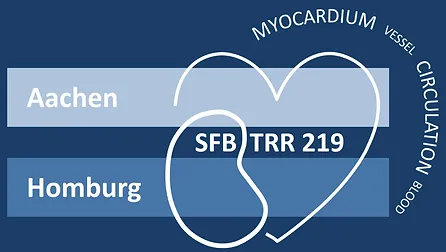
- Subject area: Medicine, Biology
- Project management: Prof. Dr. Danilo Fliser (Internal medicine)
- Funding period: 2018-2029
- Funding sum: 14 million € (for the third funding period 2026-2029)
- Speaker University: RWTH Aachen
The aim of this Transregional Collaborative Research Center TRR219 is to analyze in experimental and clinical studies the multi-factorial aspects of CKD-related cardiovascular morbidity and mortality caused by alterations in the circulation and the myocardium.
In addition to examining pathological mechanisms affecting the cardiovascular system in CKD at the basic science level, we will also study the translational aspects by analyzing novel interventions and diagnostic tests in the context of CKD-related cardiovascular pathology.
Other Projects funded by the DFG
- Research Unit
- Subject classification: Thermal engineering / Process engineering
- Speaker: Prof. Dr. Christian Wagner (Experimentalphysik)
- Funding period: seit 2019
The way blood flows through the vessels plays a major role in the development of cardiovascular diseases, such as thrombosis and arteriosclerosis. However, the physical principles of blood flow are poorly understood. Blood is more heterogeneous than water is and is driven by a pump, the heart, it pulsates. Previous experiments on flow behavior, however, have generally been based on water moving uniformly. An interdisciplinary team from physics, engineering and medicine from several universities want to close this knowledge gap. Together, they are working on this goal in the newly established Research Unit "Instabilities, Bifurcations and Migration in Pulsating Flow".
European Research Council (ERCs)
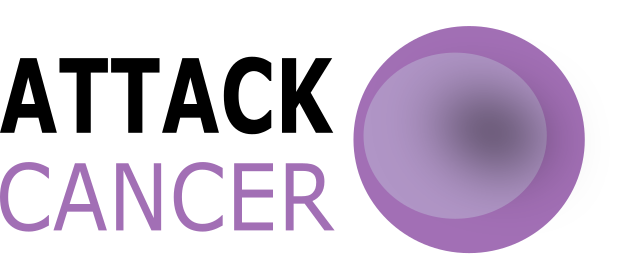
- Horizon 2020 – ERC Synergy Grant
- Project leader: Prof. Dr. Jens Rettig (Cellular neurophysiology)
- Funding period: 2021-2027
Within the framework of this ERC Synergy Grant, an international team is researching the latest approaches in the fight against cancer cells. The focus is on so-called supramolecular attack particles (SMAPs), which are used by the body’s own defense cells (T cells) against tumor cells.
For this, the consortium will analyze the so-called supramolecular attack particles (SMAPs), which are part of the T cells’ arsenal in the fight against tumor cells. The participating scientists in Homburg will analyze the exact release of SMAPs by the T-cells, scientists in Sienna will investigate the production of SMAPs, while the British scientists in Oxford will investigate the mode of action of the particles. And finally, the French research group in Toulouse will analyze how the tumor cells react to the attack by SMAPs. The consortium envisions that SMAPs will be freeze-dried and shipped around the world, solving problems related to current immunotherapies, leading to global health impact.
- Horizon Europe – ERC Starting Grant
- Project lead: Jun.-Prof. Dr. Laura Aradilla Zapata (Molecular cell biophysics)
- Funding period: 2024–2027
Human cells are marvels of nature: They can squeeze through narrow pores, for example, but at the same time they are very stable. Two components of the cytoskeleton play an important role here: rigid microtubules and flexible intermediate filaments. How these two components interact with each other has been little explored. Laura Aradilla Zapata will receive 1.5 million euros from 2024 as part of an ERC Starting Grant.
- Horizon 2020 – ERC Consolidator Grant
- Project leader: Prof. Dr. Robert Ernst (Medical Biochemistry & Molecular Biology)
- Funding period: 2020-2025
The endoplasmic reticulum (ER) is a complex organelle in terms of both structure and function. It is the largest membrane-bound intracellular compartment, spanning a network of tubules and sheets. The ER plays a critical role in the synthesis of secretory and membrane proteins, their folding, modification, and maturation. At the same time the ER is a major hub for the biosynthesis and distribution of phospholipids and sterols. Dysfunction results in ER stress and a failure to fold soluble and membranes proteins, thereby activating the unfolded protein response (UPR). The UPR is critical to re-establishing homeostasis. Until now, the UPR has been studied with a focus on the role of soluble proteins, whereas the more abundant membrane proteins have been largely overlooked. All that is changing with the EU-funded MemDense project, which studies the role of the density of ER membrane proteins and their misfolding in adaptive responses.
- Horizon Europe - ERC Consolidator Grant
- Project lead: Prof. Dr. Tsing-Young Dora Tang (Synthetic Biology)
- Funding period: 2023-2028
A grand challenge in bottom-up synthetic biology is to design and construct synthetic cells with life-like properties from a minimal number of parts. Achieving this goal would be a major engineering feat and enable an understanding of how living systems work from the perspective of physical chemistry. Towards this, we have exploited bottom-up approaches and generated new insights into the impact of compartmentalization on the thermodynamics and kinetics of incorporated enzyme reactions. Our findings that dynamic coacervation can ignite dormant enzyme reactions provides the conceptual framework for our plan to build sustained out-of-equilibrium synthetic cellular systems. In MinSyn, the aims are to:
- Define how molecular reaction networks are tuned by compartmentalization.
- Build minimal synthetic compartments with self-sustained, out-of-equilibrium behaviour.
- Utilize communication to coordinate reaction networks within populations of cells.
Together, these objectives test our overarching hypothesis that sustained out-of-equilibrium systems can be established by interconnecting three features: molecular reaction networks, compartmentalization and communication. Key to this endeavour is our unique combination of chemical, biochemical and biophysical tools for quantitative characterization of synthetic cellular systems. We are primed to address the major engineering challenge of building sustained out-of-equilibrium synthetic cellular systems and to tackle a central problem in biological sciences: “How do biological cells and tissues sustain life from collections of non-living molecules?” Our interdisciplinary approach will provide novel tools to the community and represents a unique multidisciplinary approach that will ultimately define the chemico-physico parameters of life. This can lead to unprecedented opportunities to rationally engineer molecular systems which may supersede biological capabilities.
- Horizon Europe - ERC Starting Grant
- Project lead: Prof. Dr. Dominik Munz (General and Inorganic Chemistry)
- Funding period: 2020 until 2026
The rational design of new molecules for applications, from energy to medicine and beyond, often faces a bottleneck in nature's unwillingness to have the reactions proceed. Scientists may know which atoms they want where, as well as the chemical building blocks available to disassemble and reassemble molecules like Legos. However, strong bonds between two atoms can be hard to break, making it difficult to remove an atom or group of atoms and add another in its place. The EU-funded PUSH-IT project is developing a novel route for the activation and functionalisation of strong bonds in a sustainable way, a key to unlocking the door to a new era of innovation in synthetic chemistry for many applications.
Other projects funded by the EU
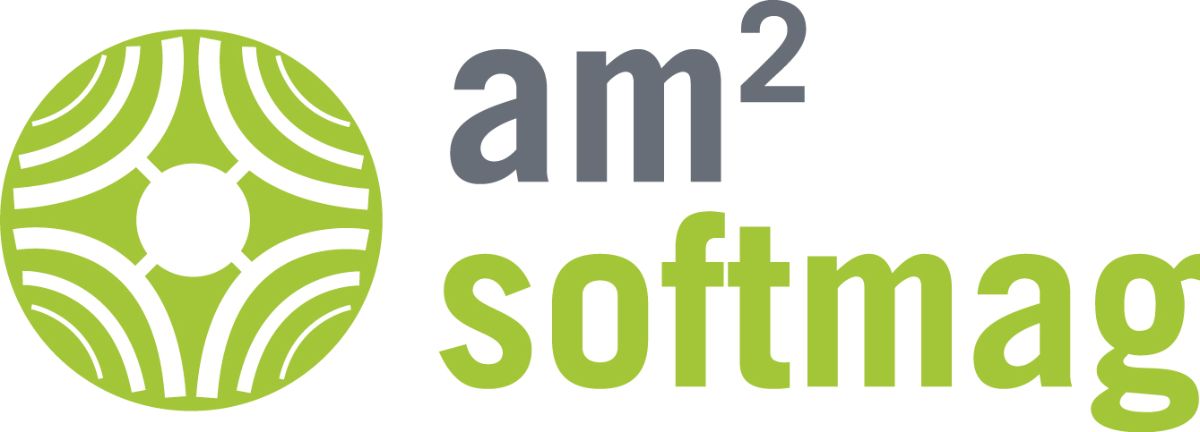
- Horizon Europe - The European Innovation Council (EIC)
- Project lead: Prof. Ralf Busch (Chair for Metallic Materials)
- Funding period: March 2022 until February 2026
AM2SoftMag is working toward the vision that, one day, 3D printing will become the de facto standard technology for the manufacturing of high-performance amorphous soft-magnetic components for highly efficient electrical machines and passive electrical components. To prove the viability of the approach, the partners expect to demonstrate superior operating efficiency of an electric motor comprised of soft-magnetic stator and rotor components created by means of selective laser melting (SLM) of soft-magnetic bulk metallic glass (BMG) alloys and powders specially designed and optimized for the additive manufacturing (AM) process. Adding to the already outstanding magnetic and mechanical properties of BMGs, this incremental casting process overcomes the wall thickness limitations of conventional metallic glass casting processes, enables the energy-efficient near net-shape production of complex geometries not achievable by other means and opens up avenues for the digital design of micro-localized properties throughout the components. Furthermore, the method will expand the spectrum of manufacturable and recyclable amorphous metals thereby increasing the availability of alloys with unique magnetic and mechanical properties while reducing or eliminating the need for environmentally critical elements such as cobalt. We establish a long overdue cooperation among academic and industrial leaders in the fields of metallic glass design and processing, mechanical and magnetic testing, quality control and certification as well as design and testing of electrical machines. Through the design of powdered amorphous soft-magnetic alloys, optimization of SLM process parameters and verification of resulting electromagnetic devices, we will achieve major breakthroughs in the flexible and energy-efficient production of superior soft-magnetic components thereby enhancing the energy efficiency of electrical devices and thus substantially contributing to the European Green Deal.

Biopyrania - Biobased Pyrazine Monomers From Second Generation Biomass For High Performance Polymers, Copolymers And Blends
- Horizon Europe
- Project participants at UdS: Prof. Dr. Christoph Wittmann (Institut für Systembiotechnologie)
- Funding period: 2024-2028
The Sustainable Product Initiative (SPI) in Europe aims to promote the development and market introduction of more sustainable, recyclable, and durable products, with a particular emphasis on electronics, textiles, furniture, steel, cement, and chemicals.
The BIOPYRANIA project addresses this challenge and introduces a groundbreaking approach by developing innovative biobased compounds – specifically pyrazine-based building blocks, produced safely and sustainably through synthesized acids obtained via second generation woody biomass – with the potential to revolutionize high-performance applications in the automotive and green hydrogen sectors.
The project involves a consortium of academic institutions, research organizations, and innovative companies working collaboratively.

REPurpose – Repurposing post-consumer waste into recyclable rubbery plastics
- Horizon Europe
- Project participants at the UdS: Prof. Dr. Christoph Wittmann (Institute of Systems Biotechnology)
- Funding period: 2022-2026
REPurpose integrates the SSbD concept to create the world's first infinitely recyclable and additive-free rubbery materials, based on local post-consumer plastic waste and integrated with biocarbon to optimise properties for a broad spectrum of applications overturning new standards of cost-function-ecology. Advanced polymer backbone design gives REP polymers unique characteristics of biodegradability and infinite recyclability through enzymatic recycling.
Annual plastic production is close to 380 Mt and is expected to double by 2035 and even quadruple by 2050, making it essential to find new solutions to increase high-quality recycling. To achieve this mission, each product should be based on the concept of Safety- and Sustainability-by-Design to integrate safety, circularity and functionality from the initial design phase to the end of the life cycle.

- Horizon Europe – Health
- Project lead: Prof. Thorsten Lehr (Clinical pharmacy)
- Funding period: 2022–2025
Adverse drug reactions (ADRs) are a major burden to our healthcare and economic systems. In Europe alone, approximately 197,000 annual deaths can be attributed to ADRs. The regular use of five or more medications at the same time (polypharmacy), the coexistence of two or more long-term medical conditions or diseases (comorbidity), and genetic diversity have a significant effect on drug efficacy and consequently, raise the incidence and severity of ADRs.
Aiming to increase overall drug treatment safety, the international team of the EU research project SafePolyMed seeks to provide physicians and pharmacists with innovative tools to define, assess and manage drug interactions, especially the so-called drug-drug-gene interactions (DDGIs).
Overall, the envisioned tools will not only empower healthcare providers but will also educate patients and citizens on how to adequately and safely manage their drug treatments.

- Horizon Europe – Marie Skłodowska-Curie Actions (MSCA)
- Funding period: 2023–2027
TALENTS is an international doctoral program of Saarland University, sponsored by the Marie Skłodowska-Curie COFUND-Action of the European Commission. It brings together 15 doctoral candidates (DC’s) to work for their PhD degree at the interface of pharmacy, chemistry, biology, medicine and bioinformatics in an interdisciplinary training alliance.
The overarching aim is to investigate and exploit the human microbiota to fight diseases. Saarland University is named by this federal state of Germany, located near to France and Luxemburg. The TALENTS graduate school bridges the main campus in Saarland’s capital Saarbrücken with the medical campus and University Hospital in the city of Homburg.
In addition, the UdS is a participant in these projects funded by the European Commission:
- EPIVINF – Epigenetic regulation of host factors in viral infections (2022-2027)
- ETERNAL – Boosting the reduction of the environmental impact of pharmaceutical products throughout their entire life cycle (2022-2026)
- HORUS – Casting light on HOst-cytomegaloviRUs interaction in Solid organ transplantation (2022-2027)
- LiverScreen – Screening for liver fibrosis - population-based study across European countries (2020-2025)
- SINPAIN – A game changer for the treatment of osteoarthritis: a cost effective combined advanced therapy to treat knee osteoarthritis (2022-2026)
German Federal Ministry of Education and Research
The following research projects in the BioMed focus area are currently funded by the German Federal Ministry of Research, Technology and Space (BMFTR).
- Project lead: Prof. Dr. Christoph Wittmann (Systembiotechnology)
- Funding period: 2024-2026
With the FUMBIO project, we are addressing the increasing demand for bio-based chemical products with a good ecological profile by developing a new, sustainable "fumarate value chain".
Based on fermentation, this is intended to replace the chemical synthesis of fumarate from fossil raw materials. The new process uses two main starting materials: CO2, which is obtained from chemical processes, and sugar (e.g. glucose), which is produced by plants from CO2. This means that the expected carbon footprint of fumarate and other downstream products is significantly lower or even negative compared to standard petrochemical-based processes. Furthermore, we will develop biocatalytic routes to further utilise the fermentation-based fumarate for the production of biodegradable chemicals, such as complexing agents and polymers. Both are high-volume product groups (>200 kt/year), so there is significant potential to improve sustainability.
With FUMBIO, we want to show the complete value chain from the raw materials to the end product and evaluate the environmental impact and CO2 footprint as part of a life cycle analysis. The consortium of experts from the fields of metabolic engineering, systems biotechnology, biochemistry, bioprocess development and life cycle analysis (Philipps University Marburg, Saarland University, Rhineland-Palatinate Technical University Kaiserslautern-Landau, BASF) has all the necessary tools and expertise to achieve the outlined goals. We expect short development times, a high technical probability of success despite a significant need for innovation, competitiveness and high sustainability as the basis for successful commercial realisation.
- Project leader: Prof. Dr. Giovanna Morigi (Theoretical Quantum Physics)
- Funding period: 2022–2025
The project will develop quantum algorithms that benefit from noise. A conceptual framework will be developed in which quantum algorithms are understood as a self-organizing process with an interplay of noise and coherent quantum dynamics.
The project is led by Saarland University. In addition, the Freie Universität Berlin, the Forschungszentrum Jülich, the Deutsches Elektronen-Synchrotron, Qruise GmbH, and IBM Research Europe as an associated partner are also conducting research here.
- Project leader: Prof. Dr. Christoph Becher (Quantum Optics)
- Funding period: 2021–2025
Compared to classical computers, quantum computers can perform complex calculations much more efficiently. Thanks to this speed advantage, problems can become computable that are considered unsolvable with classical computers. For practical applications, however, systems are needed that can work with a significantly larger number of quantum bits (qubits) than previously possible.
In QPIC-1, a novel platform for a quantum computer will be developed using single light particles (photons) as qubits. This requires both novel sources to generate quantum light and integrated photonic circuits in which the information processing takes place. The work and developments in QPIC-1 are intended to make quantum computers practical for real applications.
The project is coordinated by the Technical University of Munich. In addition to Saarland University, six other partners are working in the joint project.
- Project lead: Prof. Dr. Christoph Becher (AG Quantenoptik)
- Funding period: 2025–2027
Quantum communication is a key technology for future security in data transmission. It can protect against attacks using both modern computers and powerful quantum computers. This is possible because fundamental physical principles guarantee the security of exchanged keys. Quantum repeaters are needed for quantum-secured communication over longer distances. These can securely store and redistribute quantum states.
In the ‘QR.N’ project, the partners are planning to demonstrate quantum repeater links with more than two nodes for the first time and to set up parallel quantum channels using multiplexing. To this end, the researchers are not only further developing basic components for quantum repeaters, but are also researching their use on test tracks outside university laboratories. The aim is to achieve a quantum advantage in transmission and implement error correction for high-performance quantum repeaters. The hardware developed in the project is based on various physical systems: Atoms and ions, semiconductor quantum dots and colour centres in diamond. These are supplemented by other systems for quantum memories, such as rare-earth ions. Hardware-independent quantum repeaters are to be developed through a hybrid combination of hardware systems and the use of cross-system protocols.
Quantum repeaters are an essential key component for future quantum networks. Possible fields of application initially lie in quantum-safe communication, for example in the protection of critical infrastructures or in communication with authorities. In the future, quantum repeaters could enable long-range quantum networks with entangled quantum states and even pan-European dimensions with a wide range of new applications such as distributed quantum computing.
- Project lead: Prof. Dr. Christoph Wittmann (Institut für Systembiotechnologie)
- Funding period: 2025-2027
Antibiotics protect against infections in a unique way. The cost-effective and environmentally friendly provision of these substances therefore offers a wide range of potential uses. Against this background, a bio-based process for the sustainable production of the industrially important antibiotic oxytetracycline (OTC) is to be developed. Using the soil bacterium Streptomyces albus, customized cell factories with a broad substrate spectrum and high OTC synthesis performance are to be generated using modern methods of synthetic biology and systems biotechnology. Through integration with process engineering process development, the entire value chain from agricultural residues to the finished product will be covered. The feasibility of the process will be demonstrated on a pilot scale and used for the production of pharmaceutical-grade OTC. The project also creates an innovative platform technology for the sustainable production of antibiotics. By converting agricultural waste into high-quality pharmaceuticals, the project effectively addresses ecological and economic challenges.
- Project leader: Christoph Becher (Quantum Optics)
- Funding period: 2023–2026
The aim of the project "Miniaturized entangled photon source in the telecom sector based on AlGaAs Bragg reflection waveguides (VOMBAT)" is to develop a source for entangled photon pairs in which the required pump source and the generation of the entangled photon pairs are integrated in one chip. For the generation of photons with frequencies corresponding to low-loss telecommunication, a photon pair source based on the material system AlGaAs will be designed and fabricated. For the distribution of the photon pairs to the different receivers or frequencies, it is investigated how this can be done as compactly as possible in an integrated photonic circuit in which the chip-integrated photon pair source is embedded. The technological requirements for later commercial exploitation are also being investigated. The overall system will be tested in an existing fiber optic link.
The project is coordinated by the Fraunhofer Institute for Telecommunications. In addition to Saarland University, two other partners are working on the joint project.
Other funding
- Funding body: Volkswagen Stiftung
- Participants:
- Prof. Sigrun Smola (Institute for Virology)
- Prof. Jörn Walter (Genetics and Epigenetics)
- Prof. Rolf Müller (Helmholtz Institute for Pharmaceutical Research Saarland (HIPS))
- Funding period: 2023–2026
Reactivation of a latent viral infection poses a significant risk to immunocompromised patients in transplantation medicine. BK polyomavirus (BKPyV) is a poorly understood virus that causes nephropathy or hemorrhagic cystitis in a significant number of renal or allogeneic hematopoietic stem cell transplant recipients. Currently, there is no vaccine and drugs are urgently needed for preventive treatment to prevent organ damage. This interdisciplinary project addresses the major challenges that have hindered drug development against BKPyV. The project team synergistically combines specific expertise in small DNA virus immunology and cell biology, cutting-edge genomics, and translational drug discovery to identify drug candidates from unique compound libraries that disrupt key viral processes. The team has developed a novel BKPyV replication assay for drug screening and will use complex human 3D culture models for preclinical validation, such as BKPyV-infected organoids of the proximal renal tubules, organotypic 3D cultures with integrated immune cells, and organ-on-a-chip models. To gain molecular insights into the evolution of drug resistance and develop counterstrategies, researchers will use innovative BKPyV-specific next-generation sequencing technologies to monitor viral genetic adaptation and evolution in the host. With these combined approaches, the team hopes to advance both a straightforward translational approach to drug repurposing in transplant patients and the development of entirely new classes of drugs against BKPyV.
- Funding body: Wilhelm Sander Stiftung
- Project lead: Prof. Dr. Markus Hoth (Biophysik)
- Funding period: 2024-2026
The first-line therapy of diffuse large B-cell lymphoma (DLBCL) is a combined administration of different antibodies and poly-chemotherapy (R-CHOP, Pola-R-CHP). Natural killer (NK) cells play a key role as major mediators of rituximab (R)-mediated cytotoxicity. NK cytotoxic efficiency depends on intracellular calcium signals mediated by Orai/CRAC calcium channels.
We have uncovered a calcium optimum for cytotoxicity, with lower and interestingly also higher calcium signals being less efficient. To analyze calcium signals and cytotoxic efficiency of single NK-cells during apoptotic or necrotic killing of single lymphoma cells in parallel, we have developed single cell cytotoxicity assays with high resolution and automated analysis. Our project aims to analyze whether and how calcium signaling in NK-cells affects the serial killing efficiency of lymphoma cells in the presence of R-CHOP or Pola-R-CHP.
We want to understand whether targeted modulation of calcium signaling in NK-cells, e.g., by Orai channel blockers, could have a therapeutic advantage for the treatment of DLBCL, and whether calcium channels and calcium signaling could represent a target for lymphoma therapy.

